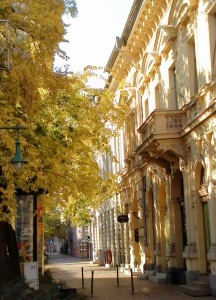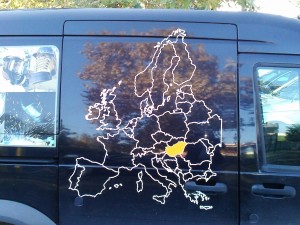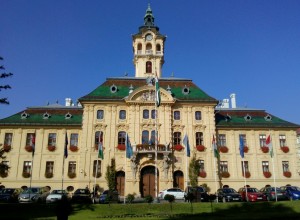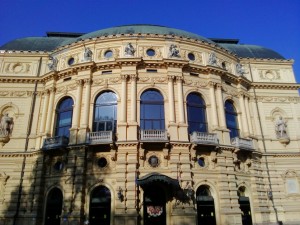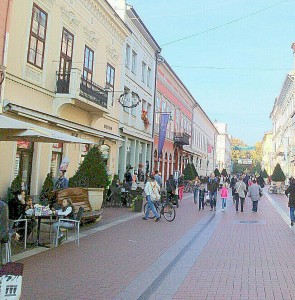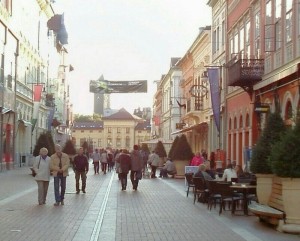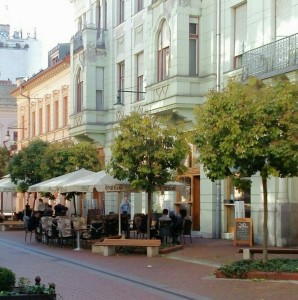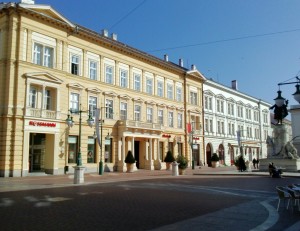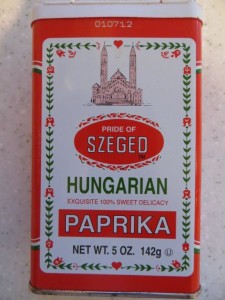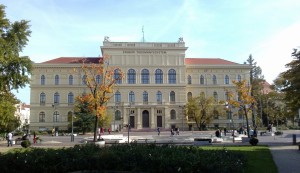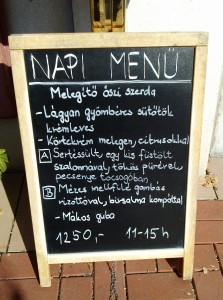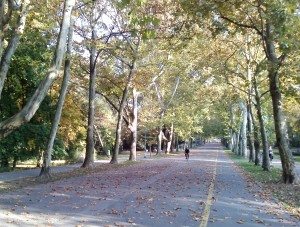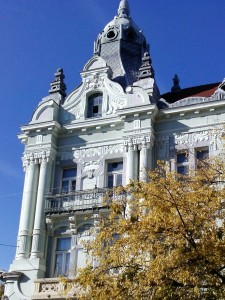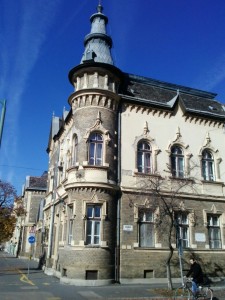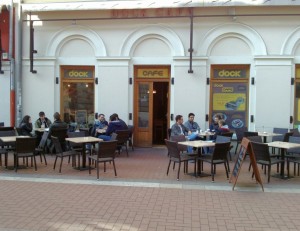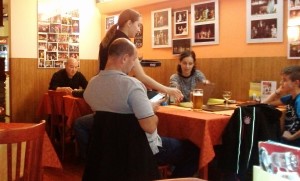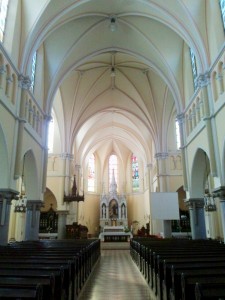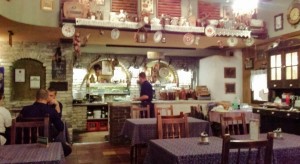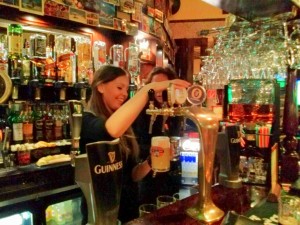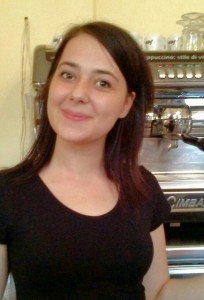Szeged, the city of sunshine. In the south of Hungary. And true to the tagline it has been sunny and warm every day I have been here.
Here is a nifty little graphic for anyone too long out of Geography to locate Hungary.
The city is on the bank of a river called Tisza.
I suppose that there was an island or some other naturally easily defensible feature here, because a fortification at this place was important for centuries.
Even so it has never known peace.
The town was around in the time of the Greeks. Ptolemy mentions it. The Romans had a trading post here. Attala, king of the Huns (hint: Hun-gary) had his headquarters somewhere around here. The town was destroyed by the Mongols. Pillaged by the Turks. Ruled by the Ottomans, the Habsburgs, the Nazis and the Soviets.
There are some fine buildings in town.
But the city is not old by European standards. It was destroyed by a flood in the late 1800’s and rebuilt by the Habsburgs. That does however make the downtown particularly attractive.
I am here because for years and years in my spice cabinet I have owned and used this brand of Hungarian Paprika, “The Pride of Szeged”. So being in the neighborhood I had to stop by. (Of course you saw the church on the tin).
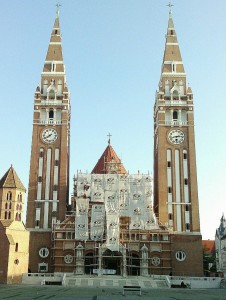
Have found some good food here but I wasted two evenings on extremely bad meals trying to find some traditional Hungarian dishes. But, not here in the University/Tourist area. I was served hideous glop piled on gigantic servings of potatoes or dumplings. Extremely fat (think hunks of the pure stuff) and overwhelmed with spice. Not good for my taste nor my system.
Some Szeged stories:
This is a University town. Reputably the best in Hungary and a leading EU University. The campus is right downtown.
Szeged is notable to tourists for its fresh fish restaurants, which are located all along the river. Particularly for a type of fish stew. But learning that it is made from Carp and Catfish I gave it a miss.
The language. One can read (sort of) the signs in Romania. The latin root of the language makes it kinda look like Italian. But I can discern nothing here. It might as well be Korean.
Apparently this language is a cousin of Finnish. Both derived from an old language once used all across central Europe, but divided into these two pockets, separated by thousands of miles, by the Mongol invasion.
Some “around town” pictures
And some indoor and miscellaneous pictures.
Tomorrow I travel over to Pecs. Still in Southern Hungary. The only realistic way I have found to get there is 3 and a half hours on a public bus. Should be interesting.
